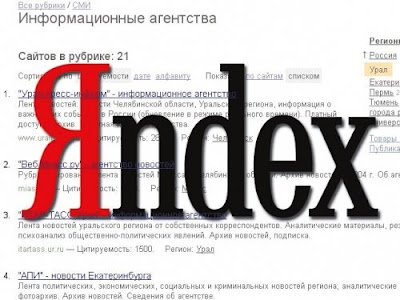Semiconductor issues
Association experts argue that the main reason for such a flimsy results has been very poor state of affairs in the sector of dynamic memory. The growth, albeit modest, production of chips completely "eaten" continually falling prices. Prices are falling because of the extremely high competition among manufacturers. No rescues and the growth in demand for memory modules marked professionals association. According to experts, if the monthly analysis of the memory sector, the growth of the semiconductor industry amounted to 8.1%.
Status of other sectors of the semiconductor industry is sustainable. Increased sales of PCs and mobile coincided with the previously predicted performance. According to the Semiconductor Industry Association analysts, the growth of those sectors this year will be 12% and 15%, respectively. In doing so, in the sectors of personal computers and mobile phones, on the basis of 2008 will have approximately 60% of all profits semiconductor industry.
Meanwhile, the prices of flash memory chips NAND forcing Intel to adjust the forecast profit for the 2008 quarter, I - first. Leading manufacturer of microprocessors said that the net profit will be about 54% of the proceeds instead of the anticipated 56%. This coincides with Intel forecasts of analysts expectations. A month ago, the company also adjusted its estimates for revenue growth from sales of NAND chips. Previously, it was assumed that he would be in the order of 27%, but now the company expects that figure will be three times less.
Analysts predict that chip manufacturers will be in a difficult situation, as well as the sale of NAND memory growing up, but prices for it are continuing to decline. According to iSuppli, in the past year, sales of these chips rose by 12% - up to 13.9 billion USD. Overall in the last fiscal year Intel earned nearly 7 billion USD, to five billion more than in 2006, when the company conducted a brutal price war with AMD.
Nevertheless, according to Troy Winslow, which is responsible for marketing at Intel NAND-flash products, the company intends to expand its presence in the market of solid drives, and going to do so in a very aggressive manner. This seriously vstryahnet segment, which is dominated by Samsung, Toshiba and SanDisk.
So far, Intel offers a small flash storage capacity, up to 16 gigabytes, made in the format builds chips (TSOP). But already in II quarter of this lineup should get a significant replenishment in the form of 1.8 "and 2.5" solid-capacity hard disks from 80 to 160 GB. Thus, the company will enter into competition with, for example, Samsung, which is scheduled to III SSD-quarter output capacity of 128 GB devices.
In addition, Winslow promised that Intel with access to the market SSD SATA drive becomes clear how the performance of such devices depends on the architecture of the work and built the controller software. Now the fastest model of solid drives Samsung demonstrated reading speed of up to 100 Mb / s, but Intel promises in their devices "much better" performance. Intel is so confident of their power that even proclaimed 2008 - the "Year of SSD devices".
Meanwhile, the start of the mass introduction of Intel SSD devices as a complete replacement of traditional HDD (first in the notebook sector) will mean progress as a company producer of almost all components for mobile systems. Processors, chipsets, communications solutions graphics subsystem, and now - solid drives. As a result of the fundamental elements of portable PCs Missing attention Intel will only displays and optical disk drives. In addition, one result of the growing competition in the market for SSD will be a significant decline in prices. According to the forecasts, this year the price of solid drives will decline by 40% and then to 50% in 2009 and 2010.
Intel, as well as Samsung, considering SSD devices, as accelerators for server systems. In an interview with reporters Troy Winslow remembered experiment demonstrated the company, which was broadcast system, transmitting video streams simultaneously 4000 on request. To service these pressures needed disk subsystem containing 62 traditional hard drive with the speed of rotation of the spindle 15000 rpm. According to Winslow, in the perspective of the same opportunities can be obtained by using only 10-SSD devices SATA drive.
But enough talk about only one memory. IBM and Hitachi Company signed an agreement to join forces to create a new generation of processors. The agreement - two years. In IBM and Hitachi expect that the agreement will accelerate the creation of 32 - and 22 nm - nm chip manufacturing technology. Emphasis is given to the company miniaturization of transistors, of which consist processors. According to IBM chief technologist Bernie Meyersona, making a merger to reduce costs associated with the development of new generations of chips.
IBM already is in the group of seven manufacturers of microprocessors, established in December 2007 - for the development of transistors, which is not more than 32 nm. Participants expect the alliance to achieve the goal by 2010. In the meantime, Intel is planning to begin production of chips made on 22 - SOI technology, in 2011. AMD plans on the transition to 22 nm manufacturing process is not yet known.
1) "Get Money for Clicks" - Fastest Growing Domain Parking Company in the World.
2) Search your domain name wishing to have! - yourname.co.cc

Comments
Post a Comment